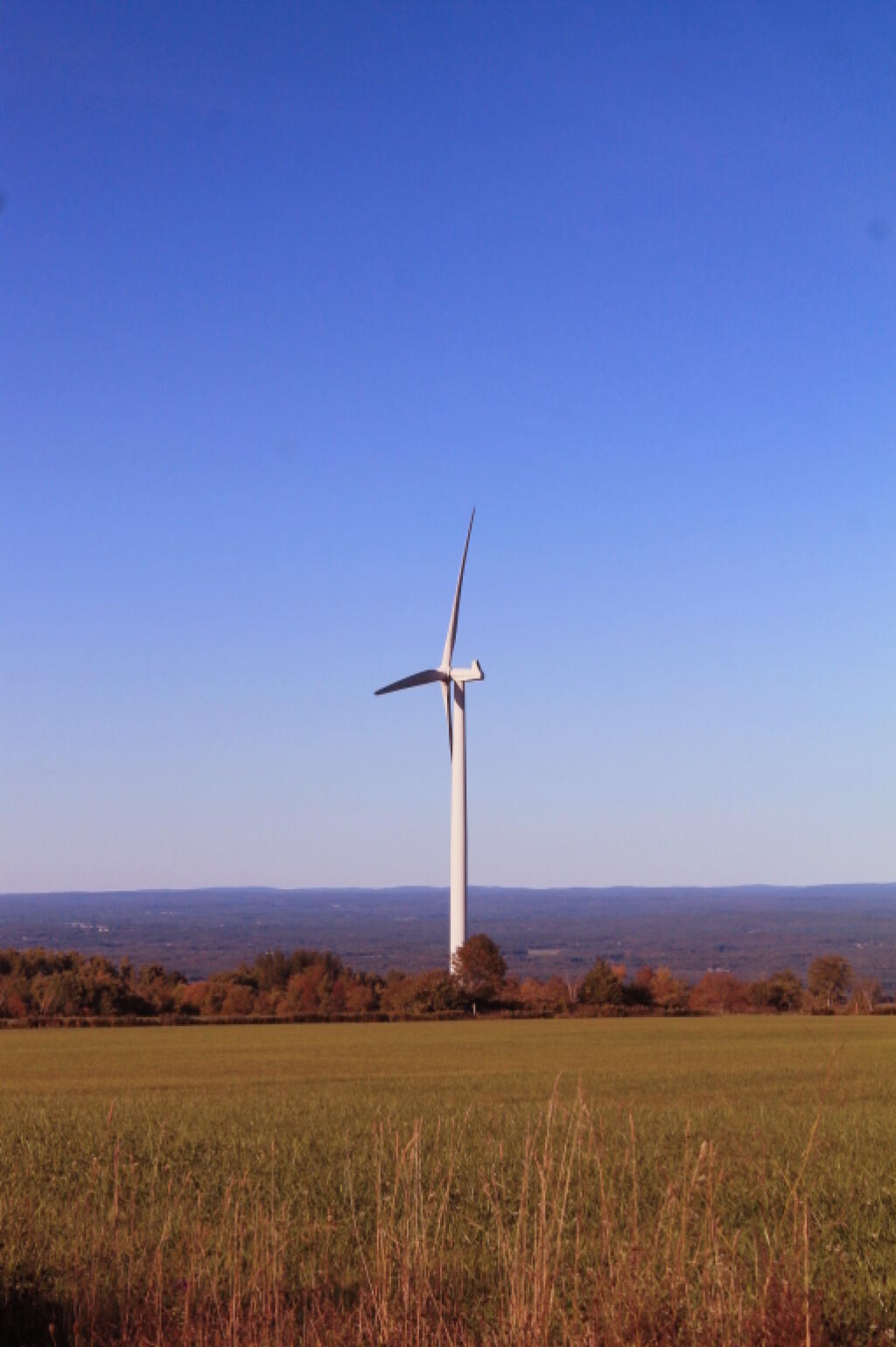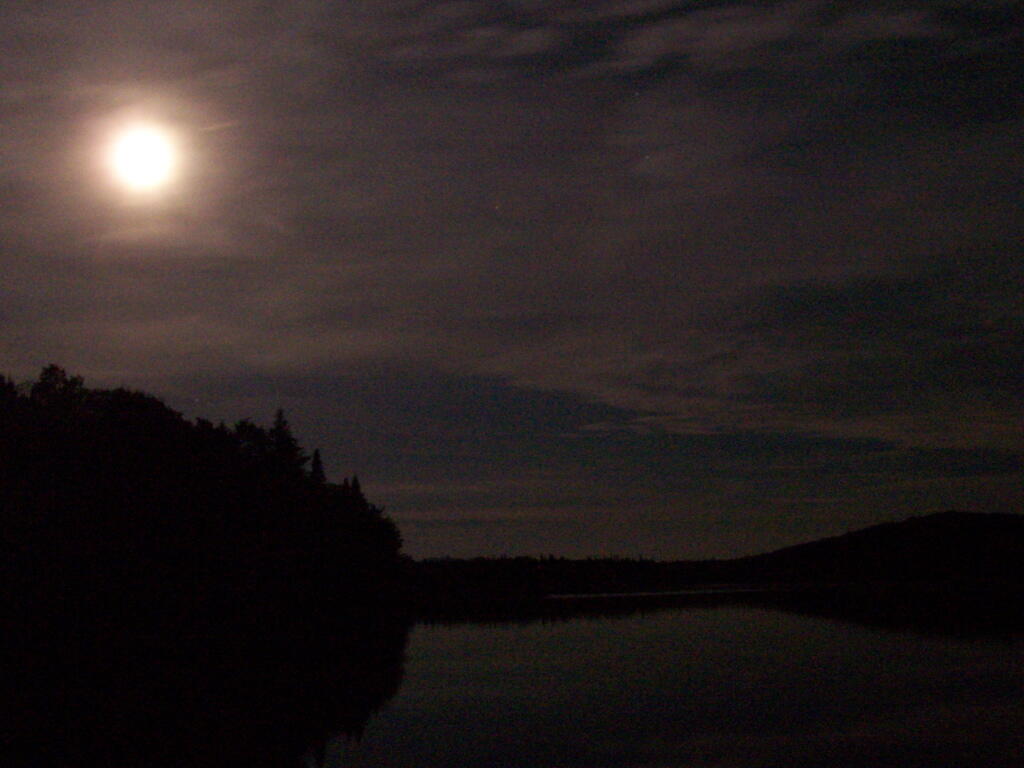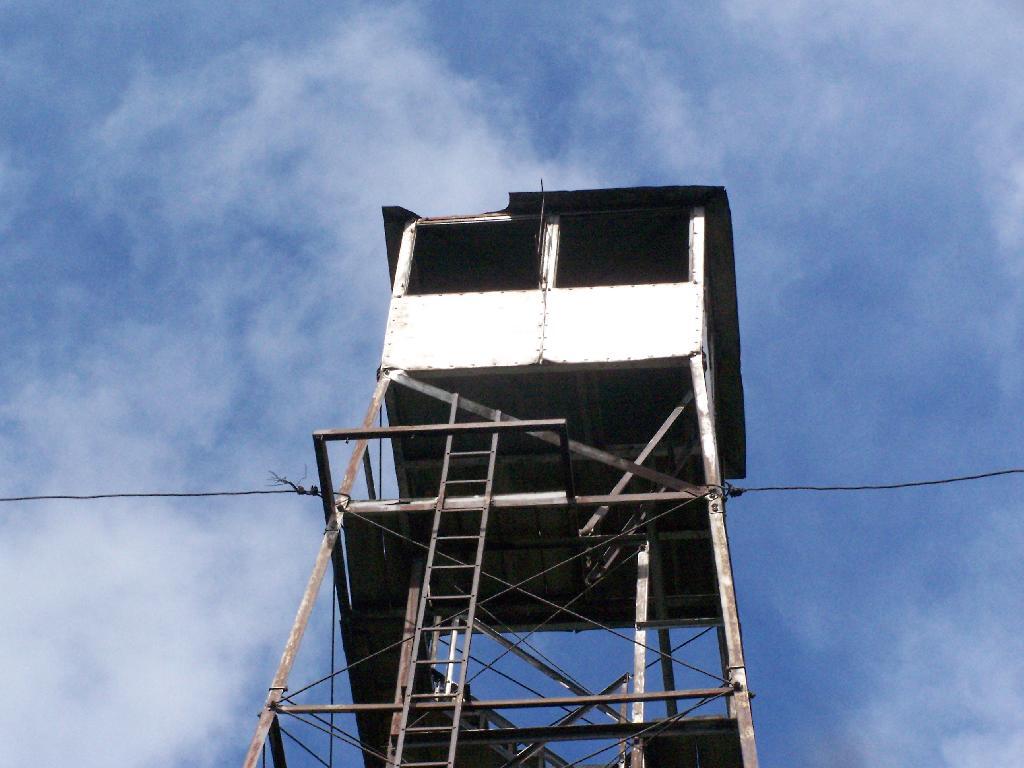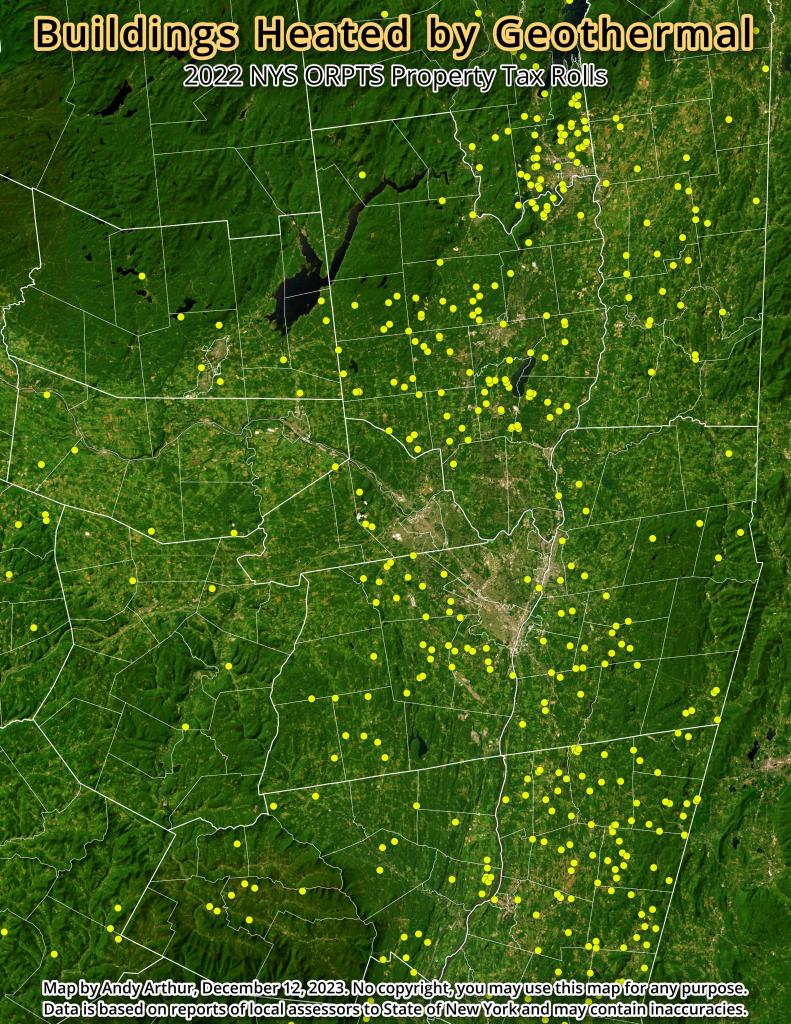Climate change action is important but let’s be cognizant of the environmental impacts of renewables
Burning fossil fuels has largely known and well documented impacts. From the much touted carbon emissions to air pollution and acid rain to acid mine discharge from coal mines and scarred landscapes from mountain top removal and strip mines to drilling cuttings, fracking chemicals and produced water to cracked casings and oil spills the impacts of fossil fuels are well documented and somewhat regulated and controlled but probably not to ideal levels as production and low cost is often emphasized over safety and environmental protection.
But what is much less discussed and documented is renewable energy impacts. It must be green so there is no environmental impacts or the impacts are de minimus. But that’s far from the truth. Renewable energy consumes enormous amounts of land, it in future years has a real possibility of urbanizing enormous parts of countryside, paving over farm land and forest, producing enormous amounts of toxic waste like wind turbine blades and discarded, broken solar panels to impacting watersheds and fisheries alike, reducing scenic beauty and take land out of other uses. Things that deserve serious consideration and environmental analysis.
To be sure we do need to build more renewable energy but we have to always thinking about the consequences of our choices, not blindly building it because renewables are good and climate change is really bad and scary. Being aware of the environmental impacts of renewables doesn’t mean you’re pro fossil fuels, it means that you are a thinking society, trying to avoid negative environmental problems down the road.
- We need to take a serious look before we leap – is the solar plant or wind farm appropriate for the place we are sitting it
- We need to mitigate like planting pollinators friendly or native grasses around solar farms
- We need to look at building more renewables in cities – be it mandatory solar panels on buildings, over highways or in urban waste lands like old garbage dumps, highway medians, or contaminated industrial sites



